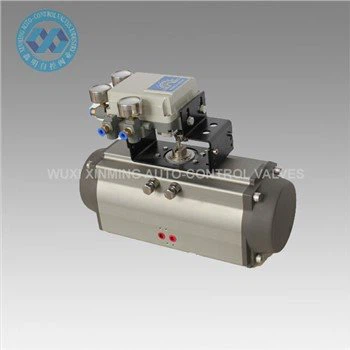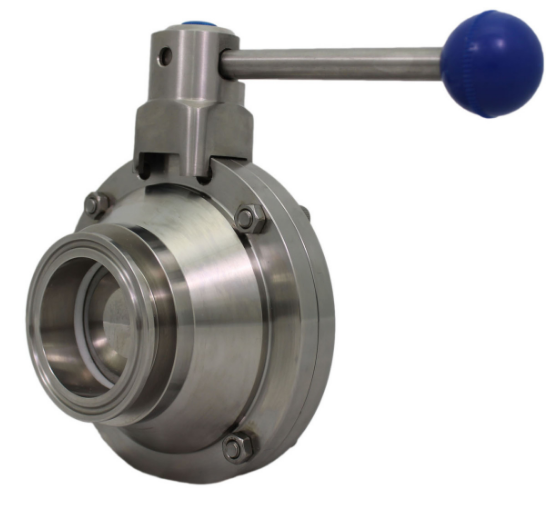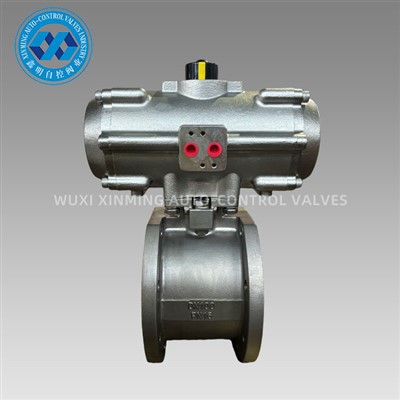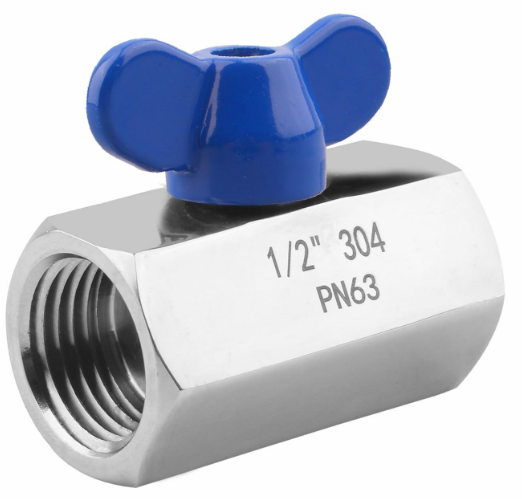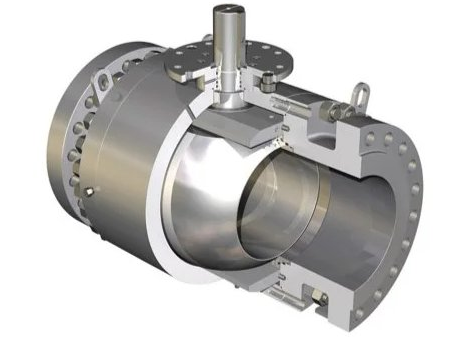What is a Double Acting Pneumatic Cylinder Actuator?
A double acting pneumatic cylinder actuator is a mechanical device that converts compressed air energy into linear or rotary motion in both directions. Unlike single-acting actuators, which rely on a spring for the return stroke, double acting cylinders use compressed air for both extension and retraction, providing higher force output and improved control.
These actuators are widely used in industrial automation, valve control systems, and heavy machinery due to their efficiency, durability, and precise motion capabilities.
How a Double Acting Pneumatic Cylinder Actuator Works
The operation is straightforward:
-
Air Supply for Extension – Compressed air enters the cap end of the cylinder, pushing the piston forward.
-
Air Supply for Retraction – Compressed air enters the rod end of the cylinder, pulling the piston back.
-
Exhaust Ports – As one chamber fills with air, the other exhausts it through a controlled outlet, ensuring smooth movement.
This bidirectional operation eliminates the need for mechanical springs, making it suitable for applications requiring continuous cycling and high load handling.
Key Features and Benefits
-
High Force Output – Equal force in both directions for efficient motion control.
-
Precise Positioning – Ideal for applications where accurate movement is critical.
-
Longer Lifespan – Reduced wear compared to single acting designs due to balanced load distribution.
-
Versatility – Compatible with various mounting options, seals, and bore sizes.
-
Cost-Effective – Efficient use of compressed air for industrial automation.
Common Applications
Double acting pneumatic cylinder actuators are used in a variety of sectors:
-
Valve Automation – Operating ball valves, butterfly valves, and gate valves.
-
Material Handling – Controlling conveyor systems, clamping devices, and lifting equipment.
-
Robotics – Driving robotic arms and automated manufacturing lines.
-
Packaging Machinery – Ensuring precision movement in filling, sealing, and labeling equipment.
-
Automotive Industry – Used in assembly lines for pressing, clamping, and positioning tasks.
Selecting the Right Double Acting Pneumatic Cylinder Actuator
When choosing the ideal actuator, consider the following factors:
-
Bore Size & Stroke Length – Determines force output and movement range.
-
Operating Pressure – Typically between 2 to 10 bar; higher pressures increase force.
-
Mounting Style – Flange, trunnion, clevis, or foot mounting depending on installation needs.
-
Seal Material – NBR, Viton, or PTFE for different temperature and chemical resistance.
-
Environmental Conditions – Corrosive environments require stainless steel or coated cylinders.
Maintenance Tips
-
Regular Lubrication – Use appropriate pneumatic lubricants to reduce friction.
-
Check for Air Leaks – Inspect seals and fittings periodically.
-
Filter Compressed Air – Prevent contaminants from damaging internal components.
-
Avoid Overloading – Ensure load capacity matches manufacturer specifications.
Conclusion
A double acting pneumatic cylinder actuator is an essential component in modern automation, offering high performance, precision, and reliability. By understanding its operation, applications, and maintenance needs, industries can ensure optimal productivity and long-term cost savings.
If you want to learn more about low-priced products, please visit the following website: www.xm-valveactuator.com







